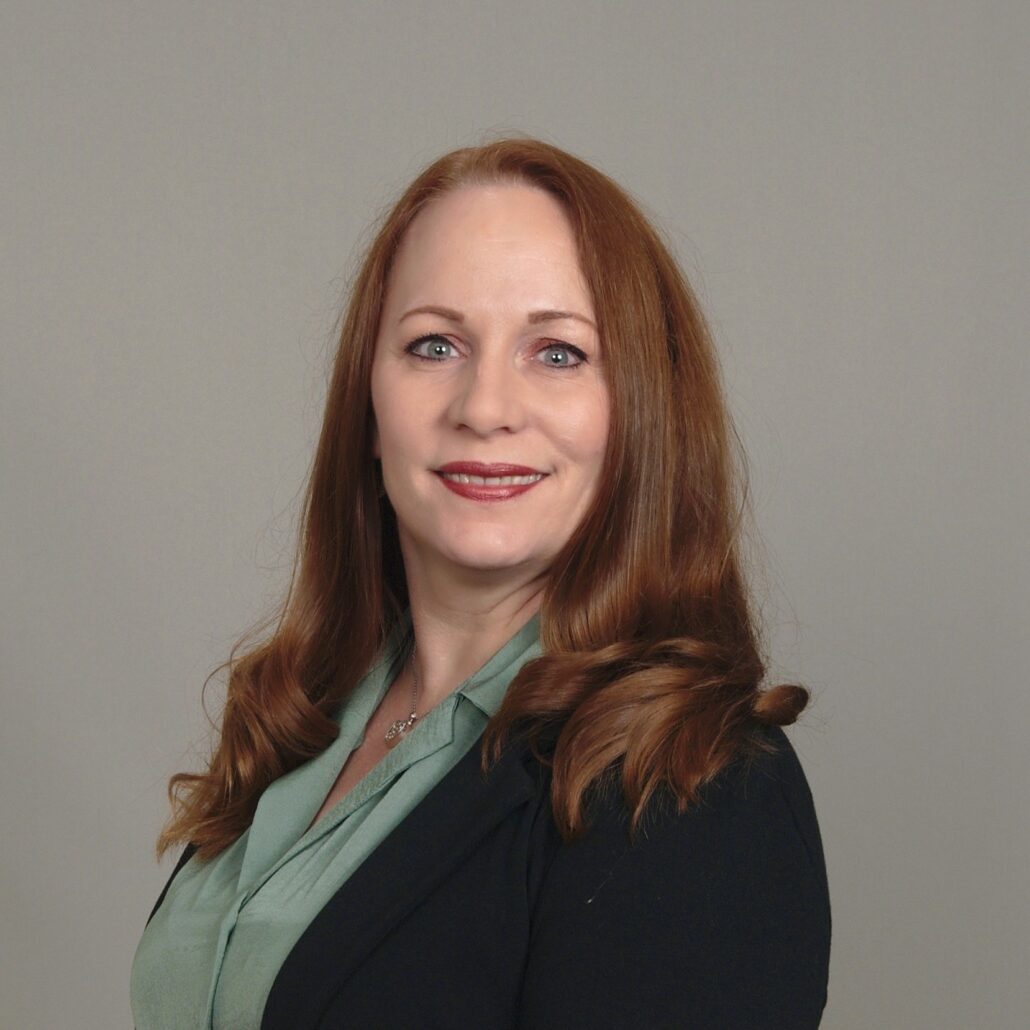One of the top extractives companies in the world uses IsoMetrix Software globally, across different modules and on various projects around the world. With large complex projects, it’s easy to go out of scope, or to veer away from the original purpose. We asked Shannon Lardi, formerly Socioeconomic Management Advisor at a major oil and gas company and Rigby Stott, Senior Executive: Customer Success at IsoMetrix, how they worked together to meet the organization’s sustainability objectives and derive maximum value from their software vendor.

A modern technology solution
The company needed a modern technology solution to replace an outdated legacy system. They required much more functionality than they had, and needed flexibility and built-in analytics. They wanted a software system that would fit its requirements. “Being large and global, we needed a technology vendor that we could partner with for the long term, one that was willing to grow and expand with us,” explains Shannon. “We did not need a canned software solution that would limit our capacity to adapt to diverse project requirements.”
IsoMetrix was selected as the software vendor and a pilot project commenced. The pilot was successful, and it wasn’t long before news spread to other projects. IsoMetrix was fit-for-purpose. The software fit together like building blocks, to give a robust, but flexible system that could be adapted to the needs of individual projects across the organization. “We quickly realized that managing each project’s individual requirements in a meaningful way to get the best benefit from the software would require good governance in the form of a central IsoMetrix Governance Committee,” she says. Other projects sought her out for expertise on a software solution for their projects. Rigby explains that this resulted in almost “free for all” as each project had unique needs and requirements. “It started becoming onerous for us, and we wanted the organization to get the best value out of the software and their relationship with us,” he says. He explains that the need for a governance committee to take stewardship of the various projects and their requirements was needed.
Growing demand
Each project had unique requirements and would require a unique configuration in IsoMetrix. If each project was implemented and went to support, there would be too many variables and no consistent way to support the software. “Everything we had worked so hard to build would become a maintenance liability, from both a resource and technical perspective, and could cause undue burden on the projects and the vendor,” says Shannon.
To create a single point of control to steer the various simultaneous implementations, the IsoMetrix Governance Committee was established. The committee would be able to focus in delivering value for each project, acting as gatekeepers for requirements and changes in implementation, and ensuring that consistent processes were followed across the board.
“Each project team was focused on their own needs and operations and were not aware of how other projects were implementing and configuring the software,” explains Shannon. “If we continued to allow individual projects to scope requirements without an enterprise global perspective and central means for governing that, it would quickly have made all the work we were doing unmanageable, and undermine the valuable strategic work we were doing in the organization as a whole.”
The IsoMetrix Governance Committee
The IsoMetrix Governance Committee (IGC) consisted of five people that met every two weeks. Three representatives from the organization and two from IsoMetrix. The committee did not replace the regular scoping sessions held with the vendor, each project had these. Rather the IGC existed to steward all the projects forward and facilitate communication and manage expectations on both sides.
The IGC was put together to formalize the implementation process. The committee allowed for careful change control. It made sure that individual projects, with their unique requirements, did not go forth and make changes that would be difficult to manage and support going forward.
The committee had a charter to make sure it stayed focused on its objectives and make sure that it was not getting into too many operational details. “The purpose of the committee was not to get stuck into each project at the grass roots level,” she says. “This responsibility laid with the project itself. The IGC was there to review project timelines, structure and prioritization. It was not the job of the IGC to fix the tool, it existed to define roles and responsibilities and make sure that everyone understood these.”
Changing for good
A major contributing factor to the success of the IGC was constant communication between the organization, the various projects and the software vendor. The organization was undergoing changes to its structure as well its processes, and while the change was inherently positive, with change on this scale comes a necessary tension and friction that if not managed carefully, thwarts the positive ideas and strategies of the organization.
Creating the IGC allowed the organization and the software vendor to partner together for continual improvement. “We would steward any suggestions or changes out of the projects’ implementations and allow positive changes to be fed back through the entire system because we had created standards across all implementations. We were enhancing the solution through each implementation,” explains Rigby.
With each implementation, the implementation process got stronger. As the software platform got stronger so did the relationship between the organization and IsoMetrix. The resulting spirit of collaboration created a robust software system for each project where the software was implemented.
Conclusion
The successful work of the IGC united disconnected implementations together under a single banner. The coordination and cooperation from both the organization and from IsoMetrix meant that a gargantuan task with many moving parts was executed successfully. “Our work with the organization put us through our paces, and added value on both sides,” says Rigby.
“We put the right vendor in place with IsoMetrix and put the right resources in place with the IsoMetrix Governance Committee, so that we could support project demand, and keep our focus on the bigger picture,” concludes Shannon.

Shannon Lardi is a Socioeconomic Management Advisor that has worked for one of the biggest oil and gas companies in the world for nearly two decades. Prior to getting her Bachelor of Science in Business/e-Business, Shannon honed her technical skills in Communication-Electronics while serving in the United States Marine Corps. Over the course of her prolific career, Shannon has implemented business intelligence tools across the company with a strategic focus on sustainability. Her avid interest in learning and being around people extends easily into her love of music and passion for travel.
